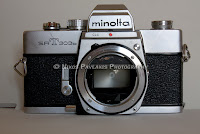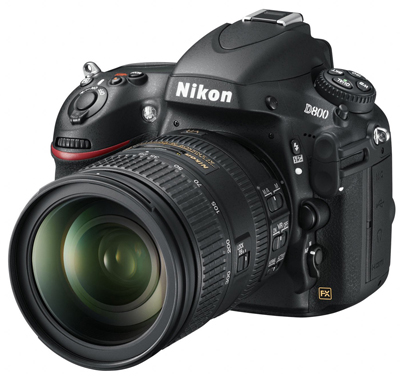 Brightness and Contrast are two of the most determining aspects of photography. They are both related to exposure and light difference from dark to bright.
Brightness and Contrast are two of the most determining aspects of photography. They are both related to exposure and light difference from dark to bright.Brightness is an attribute of visual perception in which a source appears to be radiating or reflecting light while Contrast is the difference in visual properties that makes an object (or its representation in an image) distinguishable from other objects or/and the background. In visual perception of the real world, contrast is determined by the difference in the color and brightness of the object and other objects within the same field of view.














